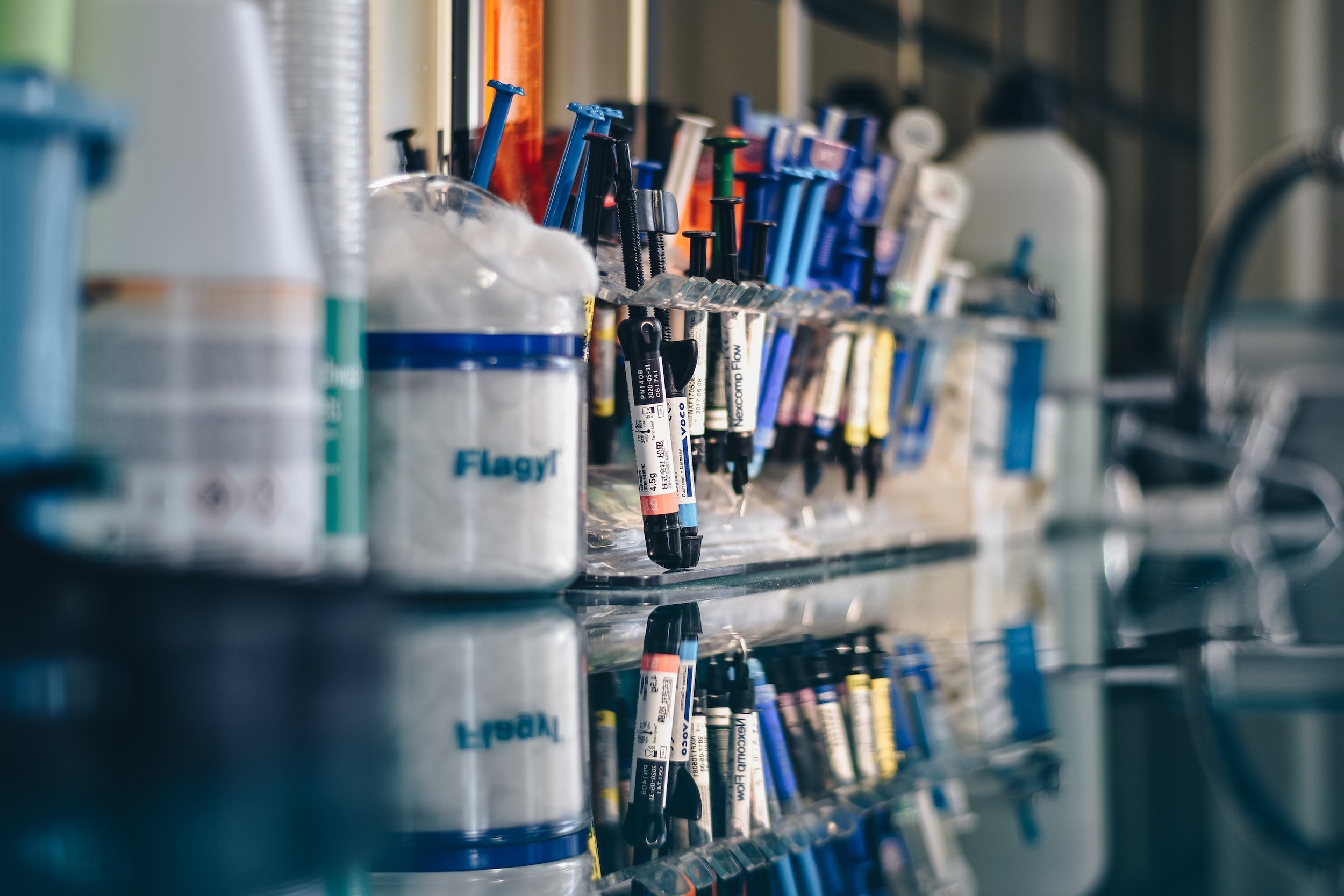
We strive to create impactful solutions to global health challenges.
Enhancing proline-rich antimicrobial peptide action by homodimerization: influence of bifunctional linker
Abstract
Antimicrobial peptides (AMPs) are host defense peptides, and unlike conventional antibiotics, they possess potent broad spectrum activities and, induce little or no antimicrobial resistance. They are attractive lead molecules for rational development to improve their therapeutic index. Our current studies examined dimerization of the de novo designed proline-rich AMP (PrAMP), Chex1-Arg20 hydrazide, via C-terminal thiol addition to a series of bifunctional benzene or phenyl tethers to determine the effect of orientation of the peptides and linker length on antimicrobial activity. Antibacterial assays confirmed that dimerization per se significantly enhances Chex1-Arg20 hydrazide action. Greatest advantage was conferred using perfluoroaromatic linkers (tetrafluorobenzene and octofluorobiphenyl) with the resulting dimeric peptides 6 and 7 exhibiting potent action against Gram-negative bacteria, especially the World Health Organization's critical priority-listed multidrug-resistant (MDR)/extensively drug-resistant (XDR) Acinetobacter baumannii as well as preformed biofilms. …Read More
Chem. Sci., 2022,13, 2226-2237
Systematic comparison of activity and mechanism of antimicrobial peptides against nosocomial pathogens
Highlights
· Detailed activity and mechanistic studies of AMPs, including Pardaxin, MSI-78, dermaseptin-PC (DMPC) and Cecropin B, against a panel of Gram-negative and Gram-positive bacteria.
· The most active Pardaxin (1–22) and MSI-78 (4–20) displayed strong membrane activity towards Gram-negative and Gram-positive bacteria.
· Different mechanisms of DMPC (1–19) and Cecropin B (1–21) against Gram-negative and Gram-positive bacteria will guide the rational design of new AMP analogues.
· Molecular dynamics simulation further provided the details of their structure and activity relationship.
European Journal of Medicinal Chemistry, 231, 114135.

